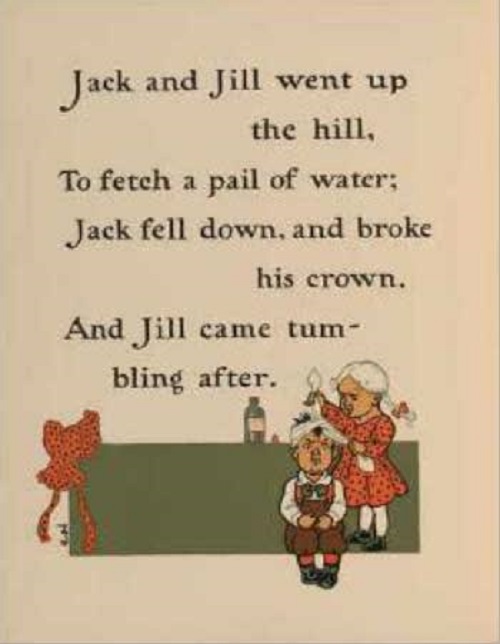
Ballad Poem Example
Ballad vs. Sonnet
Poems are a form literary art in which words are used to aesthetically deliver or reflect meaning, or simply a story out of human experience. Two of the most popular kinds of poems are the ballad and the sonnet, both of which tell a story and maintain specific rhyming schemes.
The ballad can be considered as narrative in nature, backed by a self-contained story, often brief and rich in imagery rather than description. It can speak of romance, comedy, tragedy, and even history. Often set to music, many ballads have made significant contributions to music starting in the 18th century. Tracing back from early centuries, the interpreters and composers of ballads were song-poets and courtly musicians. Thus, the ballad’s rhythmical nature, like music at its bare form, greatly appeals to the heart. They were then popularly known as lyrical ballads. Throughout the years, the term’s meaning slowly evolved akin to that of a love song.
The sonnet, on the other hand, is much more lyrical in itself. In fact, it is named after the Italian word ‘sonetto’, which means ‘little song’ or ‘little sound’ to justify its lyrical intricacies. Its early form was described as a poem of fourteen lines, constricted by a rhyme scheme. This property gives it a singsong quality, even when the words are merely read.

Sonnet Poem Example
In terms of form, the ballad is less complex than the sonnet. The standard form for it is iambic heptamber (technically described as seven sets of unstressed, stressed syllables per line) in 4 sets, with the 2nd and 4th lines at a rhyme. It eventually deviated to many subclasses as far as form is concerned. An example is the Italian balata, distinctive due to its classic 4-3-4-3 beat of balladic quatrain. The sonnet is supposed to be stricter in structure as it is expected to render a lyrical effect even in its bare form. Ironically, the supposedly strict conventions evolved into a number of subtypes even during the sonnet’s early years. The most prominent of these are: 1) the Italian or Petrarchan sonnet, with a standard pattern of a-b-b-a, a-b-b-a, 2) the Occitan sonnet, with the scheme a-b-a-b, a-b-a-b, c-d-c-d-c-d, 3) the Shakespearean (English) sonnet, maintaining an end-rhyme of a-b-a-b, c-d-c-d, e-f-e-f, g-g, 4) the Spenserian sonnet, with abab, bcbc, cdcd, ee pattern, and 5) the Modern sonnet, often with 14 lines and sonnet rhymes, though without a regular sonnet meter.
Furthermore, ballads and sonnets have also some variations in terms of function. Besides the traditional ballad, which has a rather serious mood to it, there is also the broadside ballad, which was aimed to inform and entertain commoners with current events, and the literary ballad, which served as an artistic outlet for social elites and intellectuals. The ballad has also been affiliated with operas and musical acts. Today, we identify the ballad as the backbone of a love song, and it is through this form that it continues to move human emotions as it did during its early years. On the other hand, the sonnet found its place in courts and plays, dating back to the medieval ages. It was mostly used to demonstrate affection (indeed a crucial element in the concept of ‘courtly love’), sheer artistic and literary prowess, and satirical stand on matters of romantic love, social stature, and politics. Naturally, the sonnet played a big role in plays, the most popular being William Shakespeare’s “Romeo and Juliet”. Nowadays, the sonnet maintains these functions, but in less constricted forms. We see it in the works of Pablo Neruda, E.E. Cummings, and Robert Frost, to name a few.
Summary:
- A ballad is narrative, while a sonnet is lyrical in nature.
- The ballad is less complex than the sonnet.
- Ballads were affiliated with musical acts and operas, while sonnets were linked to courts and plays.
- Differences Between Fraternity And Sorority - January 8, 2014
- Differences Between Lucite and Plastic - January 7, 2014
- Differences Between Oil and Butter - January 6, 2014

